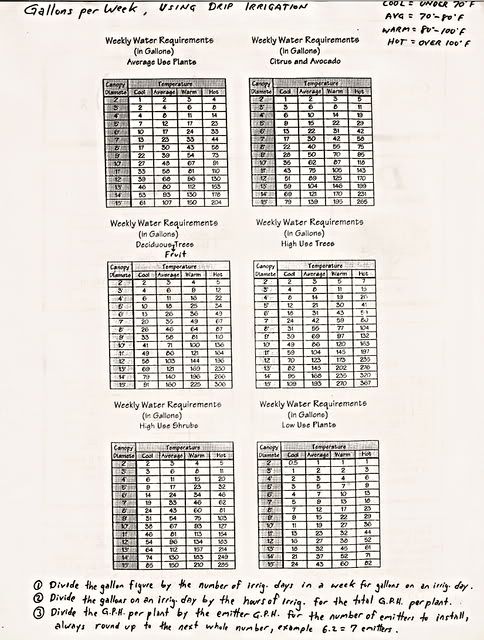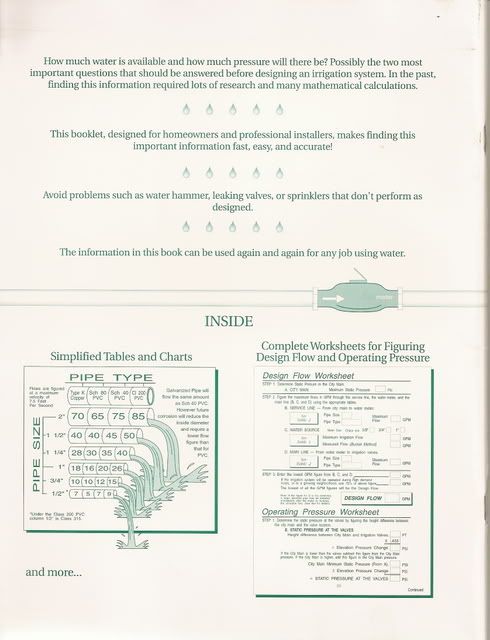Originally posted by David K
| Quote: | Originally posted by BigWooo
Now that you bring it up...
Do you have any experience with this system:
http://www.rewater.com
If so, your opinions? |
Thanks for the link...
I looked over the web site, and it seems to be an installation company based in Chula Vista that uses various products. It is not a product in itself,
sold to other installers or home owners.
I could not tell from the photos what the underground emitters were, but they are way big and bulky to have to install... and upon reading, they have
a high flow rate (not drip, at all). The trenching for true drip emitterline systems is minimal. The photos of their system show major trenching (at
high cost).
I called one of the numbers (there are more than one?) and left a message... asking what the product was.
The controller shown (with their name photo-shopped over the brand logo) appears to be an Irritrol Systems 'Total Control' (good clock, but lacks the
latest 'smart' features).
Because the product flow rate is so high, many valves and larger controllers would be needed and that is where the big expense is... over true drip or
low volume irrigation.
Using grey water is an iffy thing to do because of local restrictions because of biological hazzards caused... It just isn't alowed in many places.
Would you want your next door neighbor pouring his dirtly laundry or shower water outside for you to become exposed to? Sure, putting it ito the
ground, below the surface may reduce the water vapor emissions... But, if a pipe or hose were cut, that polluted water would be flowing all over the
surface.
I would be more confident in using a proven product, such as the Netafim Techline CV emitterline with a disk filter for grey water or screen filter
for normal water to remove larger particles. I would recommend the emitterline for planters and (although can work) suggest not use drip for lawns...
Use sprinklers around the perimeter only (MP Rotators best)... If any problem occurs, then no need to dig up your beasutiful grass to find the problem
and repair it. |






















 Thanks.
Thanks.






